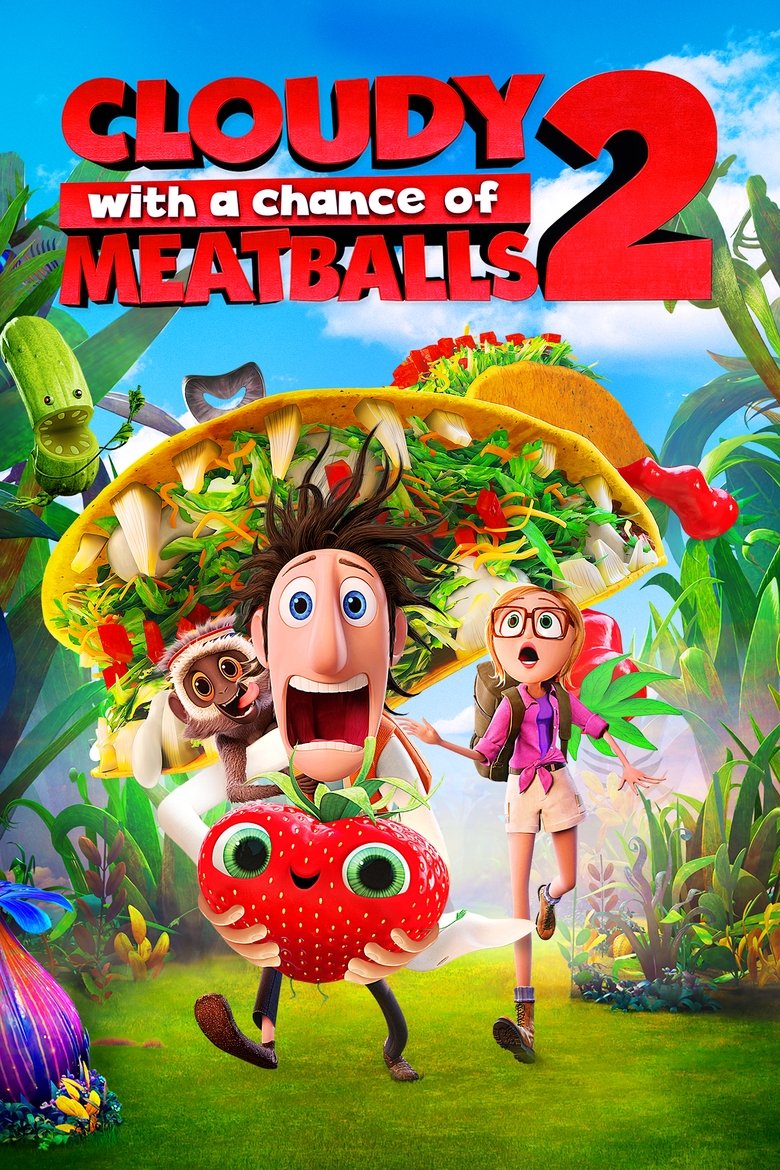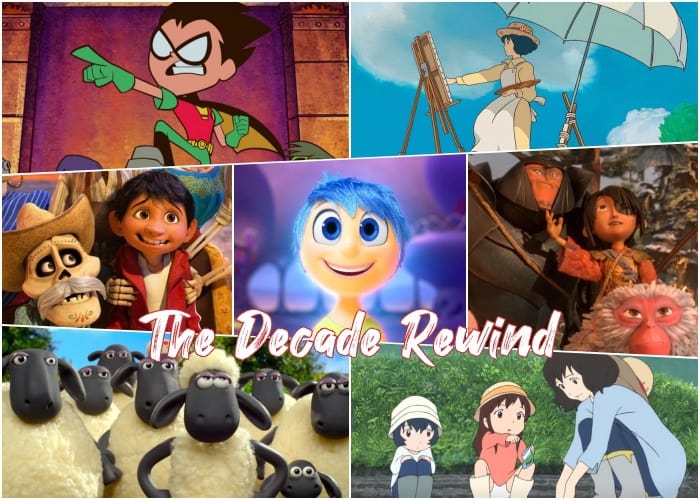
Mary Poppins (Robert Stevenson, 1964) - A film about the subjective fantasies we need not just to live, but to feel. Even if it had all ended after this one, the film stands on its own as a bombastic post-9/11 terrorist feature. Iron Man (Jon Favreau, 2008) - The film that started it all. In both form and content, it’s nothing short of breathtaking.

Persepolis (Vincent Paronnaud & Marjane Satrapi, 2007) - Marjane Satrapi’s autobiographical tale set against the backdrop of the Iranian Revolution. Check out its sister feature Grave of the Fireflies too, or our podcast episode on the film. My Neighbor Totoro (Hayao Miyazaki, 1988) - Studio Ghibli par excellence sprinkled with that Miyazaki magic. The Hunchback of Notre Dame (Gary Trousdale & Kirk Wise, 1996) - A real humdinger of a bellringer.


Kung Fu Panda 2 (Jennifer Yuh Nelson, 2011) - Still the only computer-animated feature film directed solely by a woman (Jennifer Yuh Nelson), this 2011 sequel amps up the spectacle of the original with some cracking visuals and a truly terrifying villain in Lord Shen (voiced by Gary Oldman before he went all Churchill). The Breadwinner (Nora Twomey, 2017) - Adapted from Deborah Ellis’ novel by filmmaker Nora Twomey, the tale of 11-year old Parvana living in Taliban-controlled Afghanistan is a deftly handled, visually sumptuous, and richly-rewarding tale of courage under fire. The Wrong Trousers (Nick Park, 1993) - A film that contains probably the best chase sequence conducted by a penguin masquerading as a chicken ever committed to celluloid. Spider-Man: Into the Spider-Verse (Bob Persichetti, Peter Ramsey & Rodney Rothman, 2018) - Took the computer-animated film into a totally different direction, combining a phenomenal formal style and a very witty screenplay together with an explosive “visual crunch.” Listen to our musings about it here.Īmerican Pop (Ralph Bakshi, 1981) - Ralph Bakshi’s animated musical fantasy feast of rock telling the poignant story of four generations of Russian Jewish immigrants, with a bit of Bob Seger thrown in for good measure. The Matrix (The Wachowskis, 1999) - Red pill or blue pill? Fantasy or animation? A film that never seems to fall out of categories of the wondrous. A wonderful satire on the aesthetic and cultural impact of “Disneyfication”. Shrek (Andrew Adamson & Vicky Jenson, 2001) - And NOT Shreks 2, 3, 4 or 400. It’s the better story, partially through the deliberately painterly register the film achieves through 3D CGI. Life of Pi (Ang Lee, 2012) - We also choose the story about the tiger.

Discuss, and listen back here.Ī Town Called Panic (Stéphane Aubier & Vincent Patar, 2009) - A horse, a cowboy and a cow walk into a submarine, and stop-motion hilarity ensues. Who Framed Roger Rabbit (Robert Zemeckis, 1988) - 1940s film noir is Kansas. South Park: Bigger, Longer, Uncut (Trey Parker, 1999) - Paradise Lost with fart jokes and profanity.ĭie Another Day (Lee Tamahori, 2002) - Not a fantasy or an animation you say? See Pierce Brosnan’s kite-surfing, and the invisible car… See our podcast on The Muppet Christmas Carol to find out why… The Dark Crystal (Jim Henson, 1982) - Puppets are animation. Where the Wild Things Are (Spike Jonze, 2009) - A sadness to shield out all the sadness.īridge to Terabithia (Gabor Csupo, 2007) - It’s got religious themes, child stars who somehow aren’t annoying, and “squogres”. Barrie’s mythology of performative childhood ever produced. Hogan, 2003) - A nicely low-fi blending of practical effects with decorative CGI, and one of the best adaptations of J.M.


 0 kommentar(er)
0 kommentar(er)
